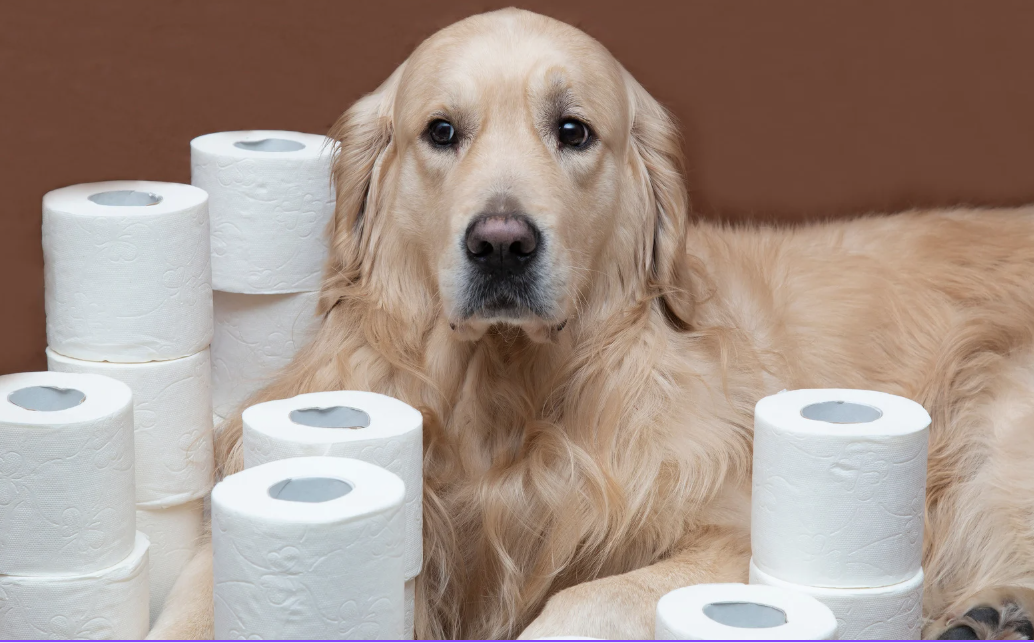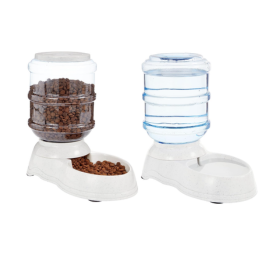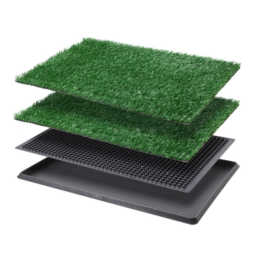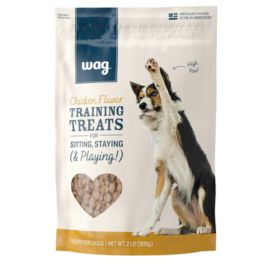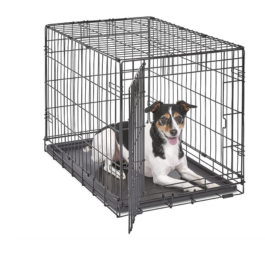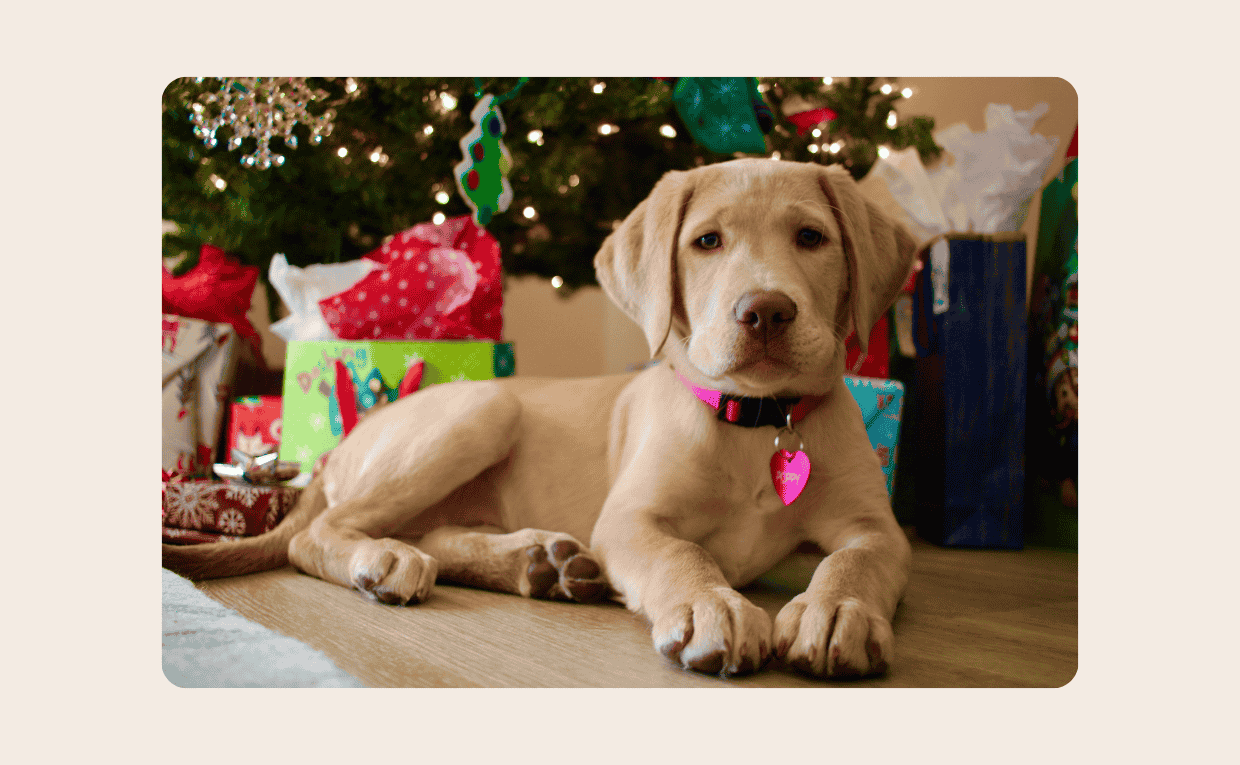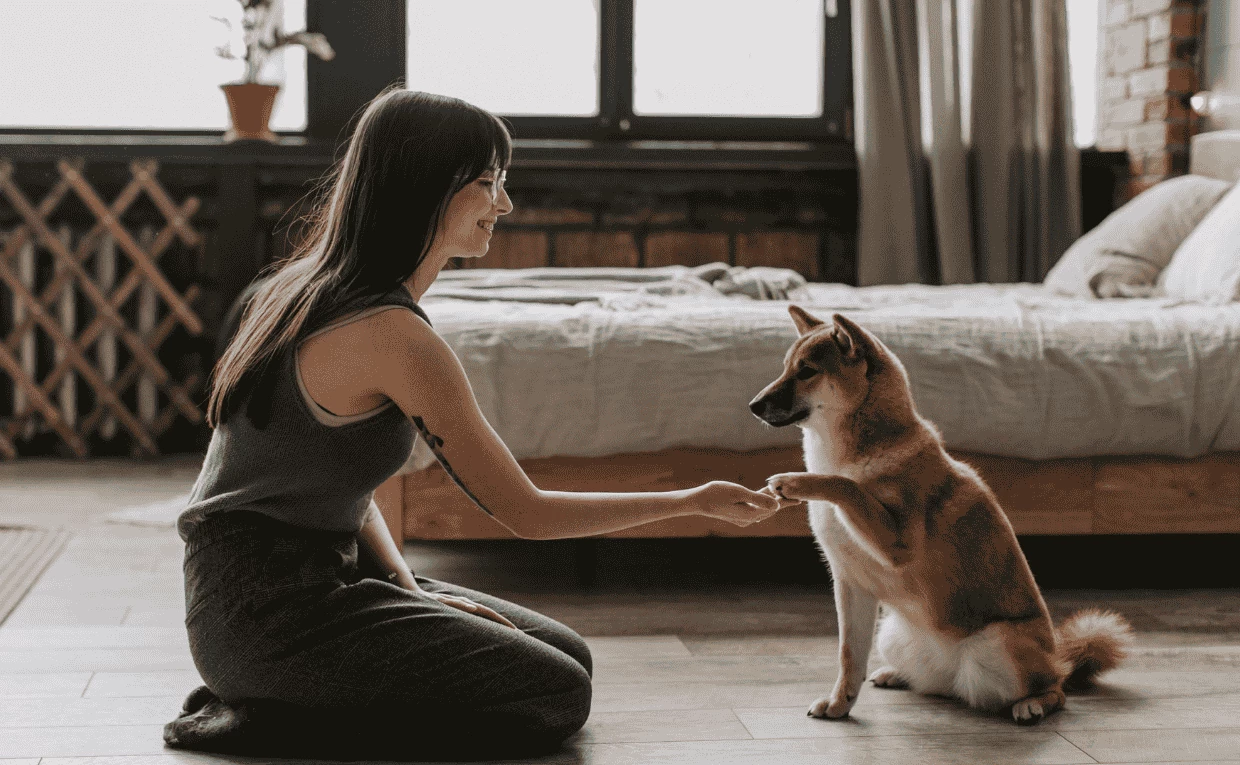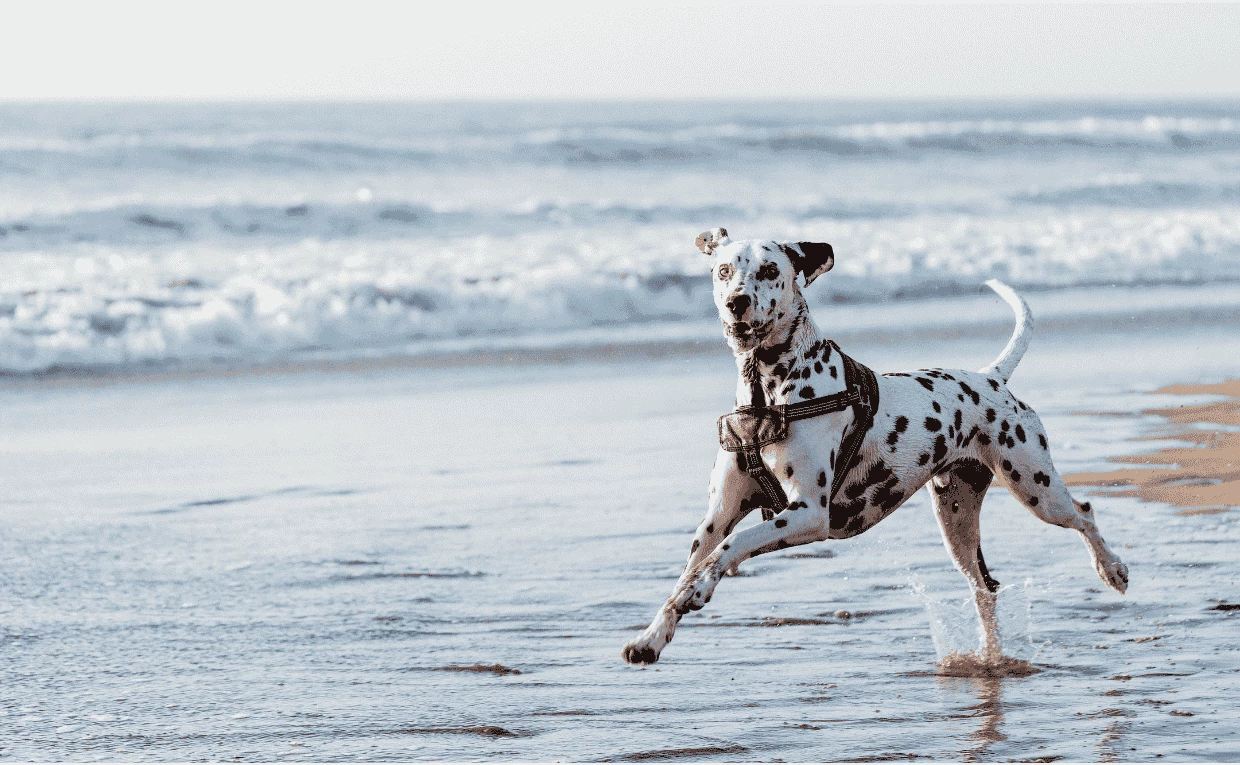Potty training is one of the biggest milestones in any dog parent’s journey — and let’s be honest, it’s not always a walk in the park. Whether you’ve just brought home a tiny puppy or adopted an older rescue, helping your dog learn where (and when) to go takes patience, consistency, and the right tools.
The good news? With a little structure and positive reinforcement, your furry friend will be a potty pro in no time! Here are 10 essential tips every dog parent should know.
1. Establish a Consistent Routine
Dogs thrive on routine. Set specific times for meals, play, and potty breaks. Typically, puppies need to go out first thing in the morning, after meals, after naps, and before bedtime.
Pro Tip: Take your pup to the same spot each time. The familiar scent helps them associate the area with “bathroom time.”
2. Choose a Designated Potty Spot
Your dog should have one clear outdoor (or indoor pad) area for potty time. Too many options can confuse them.
If you live in an apartment, consider real-grass training pads or odor-neutralizing pee pads.
3. Reward, Don’t Punish
Positive reinforcement is key. The moment your dog goes potty in the right spot, praise them enthusiastically and offer a small treat. This helps them understand what earns your approval.
Avoid scolding or punishing mistakes — it only creates anxiety and slows learning.
4. Learn to Read Their Signals
Every dog has “tells.” It is important to understand their body language. Common signs your pup needs to go include sniffing the ground, circling, whining, or pacing near the door.
If you spot these cues, act fast and take them to their potty area immediately. Recognizing their communication early prevents accidents before they happen.
5. Crate Training Works Wonders
Crate training is one of the most effective potty training methods. Dogs naturally avoid soiling their sleeping area, so using a properly sized crate encourages bladder control.
Ensure your crate isn’t too big — just enough room for standing, turning, and lying down comfortably.
6. Supervise, Supervise, Supervise
During the early stages, keep your puppy within sight. If you can’t watch them, use a leash indoors or confine them to a smaller, easy-to-clean area.
Accidents often happen when pups wander off unsupervised. Close supervision helps you catch signals early and reinforce good habits.
7. Clean Accidents Thoroughly
If your dog has an accident indoors (and it will happen!), clean it up thoroughly to remove all odor. Dogs tend to return to spots that still smell like urine.
Skip ammonia-based cleaners, as they smell similar to urine and can confuse your dog.
8. Be Patient — Every Dog Learns at Their Own Pace
Some dogs catch on in days; others take weeks. Puppies under 12 weeks old may not yet have full bladder control, so patience is essential.
Keep sessions short and positive, and remember: consistency always pays off.
If progress stalls, revisit your routine or consult a trainer for personalized guidance.
9. Set a Nighttime Strategy
Puppies often can’t hold it all night. Schedule one or two quick nighttime potty breaks. Over time, these can be reduced as their bladder control improves.
Keep nighttime outings calm — no playtime, no excitement — just a quick potty trip and back to bed.
10. Celebrate Progress — Every Little Win Counts!
The final step in potty training is celebrating milestones. When your pup goes several days without an accident, that’s a huge achievement! Continue offering praise and treats to reinforce good behavior.
Remember, every success strengthens your bond. Potty training isn’t just about teaching discipline — it’s about building trust and communication between you and your furry friend.
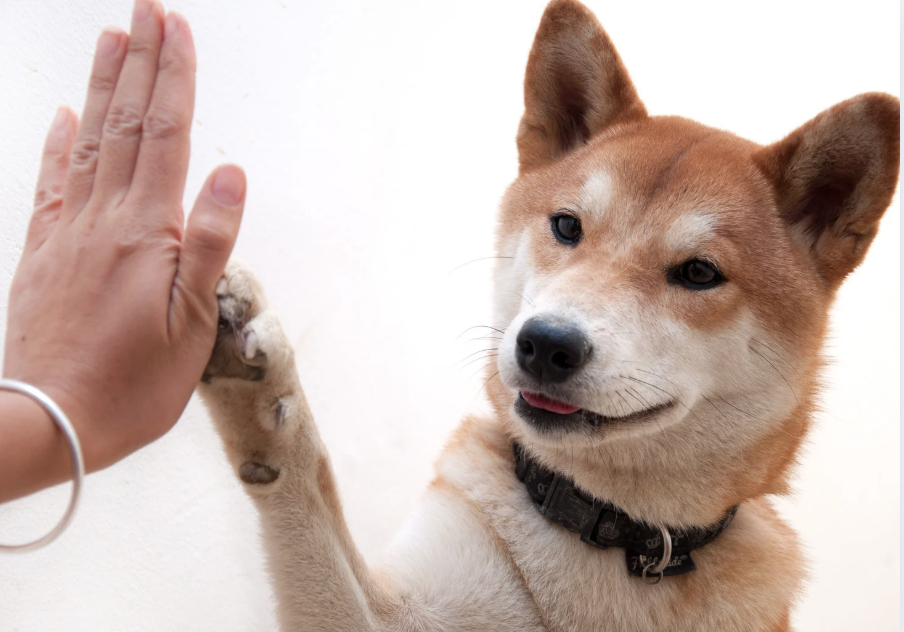
Common Potty Training Mistakes to Avoid
Even experienced dog parents make a few missteps. Here’s what not to do:
- Using punishment: It creates fear, not learning.
- Changing schedules often: Inconsistency confuses dogs.
- Expecting perfection too soon: Accidents are part of the learning curve.
- Ignoring health signs: Frequent accidents after initial success could indicate a medical issue.
If your dog suddenly regresses, rule out urinary infections or digestive concerns with your vet.
Final Thoughts
Potty training your dog requires time, understanding, and a touch of humor. Every puddle (and triumph) along the way helps strengthen your connection. With consistent routines, gentle guidance, and the right tools, your pup will soon learn exactly where to go — and you’ll both enjoy a cleaner, happier home.
Remember, it’s not about perfection; it’s about progress and partnership. So grab your treats, set your schedule, and celebrate each success — one wagging tail at a time.
Affiliate Disclaimer
This post contains Amazon affiliate links. As an Amazon Associate, All Furry Tales may earn a small commission from qualifying purchases — at no extra cost to you. Every purchase helps support our mission to share heartwarming pet stories and helpful resources for pet parents worldwide.

